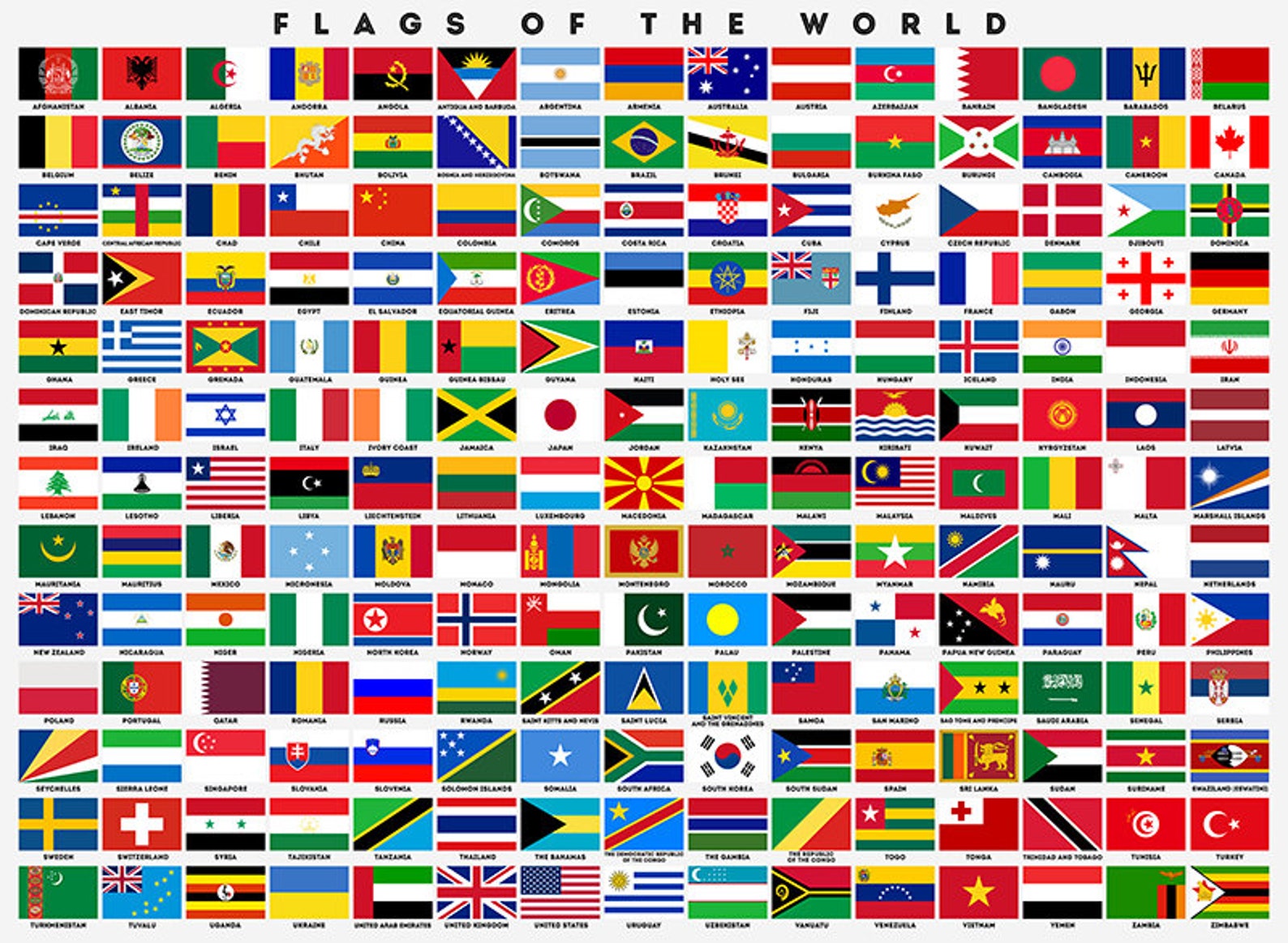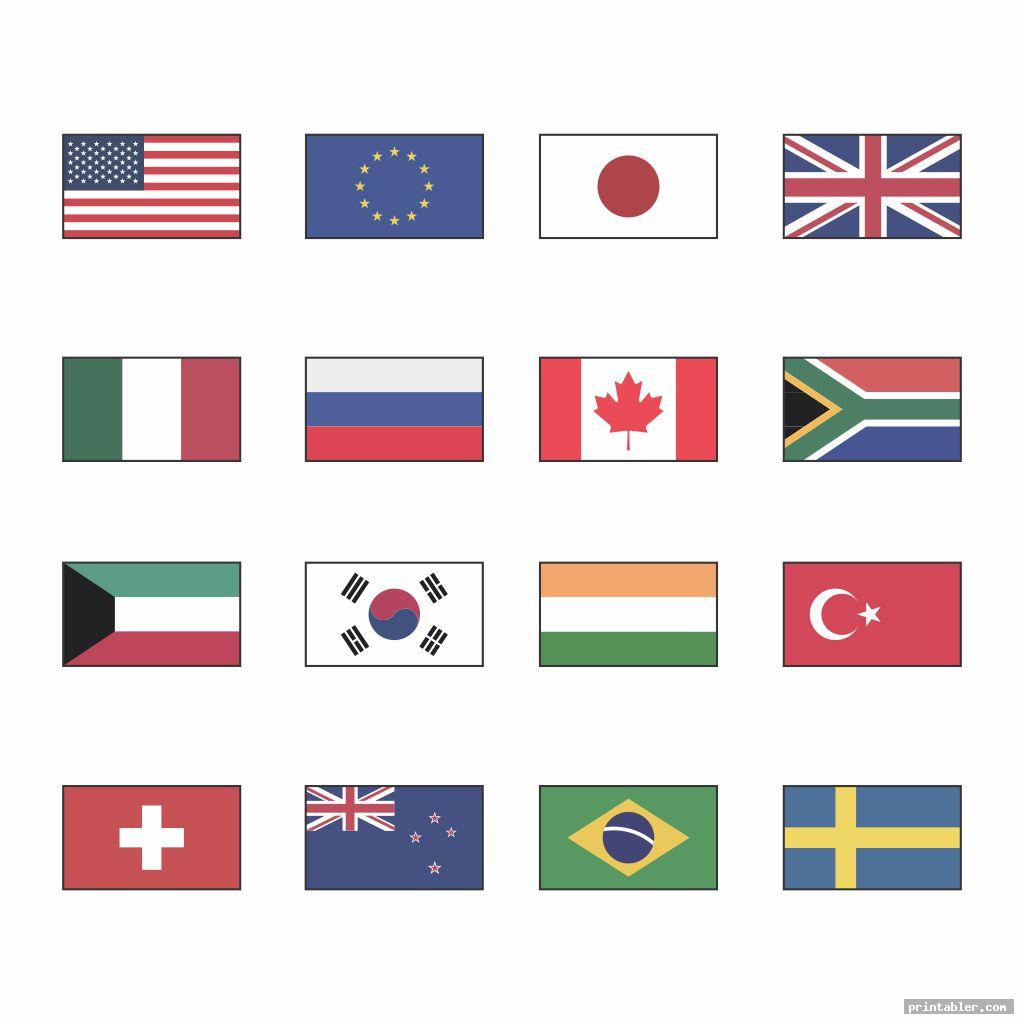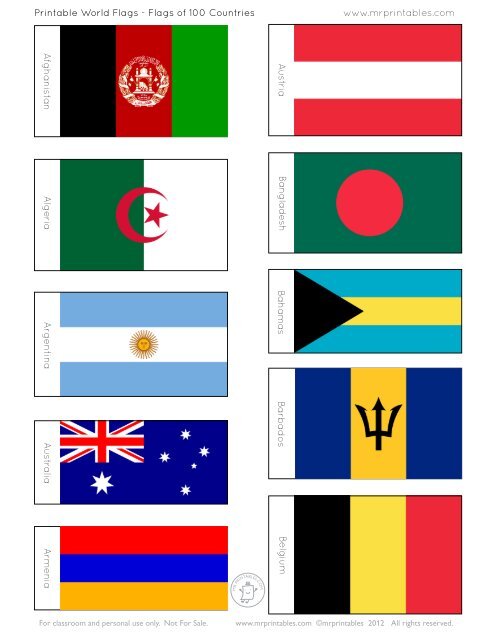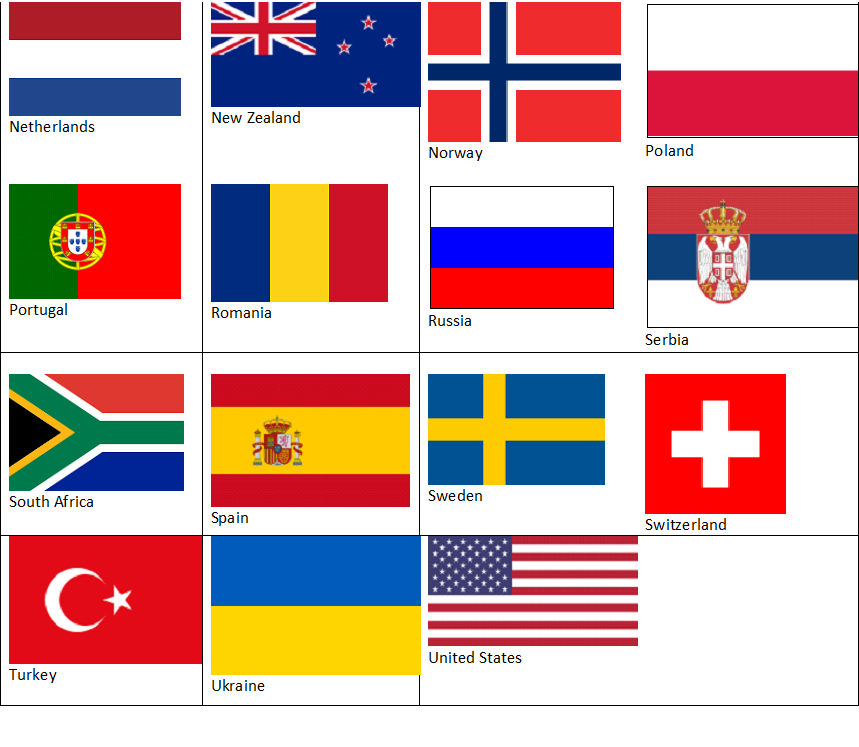Asia is a continent rich in diverse cultures, traditions, and histories. It is home to a myriad of countries, each with its unique identity and pride. Today, we would like to celebrate the beauty and symbolism of world flags, specifically those representing nations from Asia.
- Japan - The Rising Sun
![]() The Japanese flag, known as Nisshōki or Hinomaru, is a simple yet powerful representation of the Land of the Rising Sun. The flag features a red circle symbolizing the sun, which holds significant cultural and historical meaning in Japanese society. It represents purity, sincerity, and the Japanese people’s unyielding spirit.
The Japanese flag, known as Nisshōki or Hinomaru, is a simple yet powerful representation of the Land of the Rising Sun. The flag features a red circle symbolizing the sun, which holds significant cultural and historical meaning in Japanese society. It represents purity, sincerity, and the Japanese people’s unyielding spirit.
- India - Unity in Diversity
 The Indian tricolor flag, also known as the Tiranga, is a beautiful symbol of unity and diversity. It consists of three horizontal stripes of saffron, white, and green, with the Ashoka Chakra, a 24-spoke wheel, at the center. The saffron represents courage and sacrifice, white symbolizes purity and truth, and green signifies fertility and growth.
The Indian tricolor flag, also known as the Tiranga, is a beautiful symbol of unity and diversity. It consists of three horizontal stripes of saffron, white, and green, with the Ashoka Chakra, a 24-spoke wheel, at the center. The saffron represents courage and sacrifice, white symbolizes purity and truth, and green signifies fertility and growth.
- China - The Red Dragon
 The Chinese flag, also known as the Five-star Red Flag, is a strong representation of China’s rich history and cultural heritage. It features a large red field with five yellow stars, symbolizing the unity of the Chinese people under the leadership of the Communist Party. The color red represents revolution and the blood of the Chinese martyrs.
The Chinese flag, also known as the Five-star Red Flag, is a strong representation of China’s rich history and cultural heritage. It features a large red field with five yellow stars, symbolizing the unity of the Chinese people under the leadership of the Communist Party. The color red represents revolution and the blood of the Chinese martyrs.
- South Korea - Harmony and Balance
 The South Korean flag, known as Taegeukgi, is a beautifully designed flag that embodies the nation’s pursuit of harmony and balance. It displays a yin and yang symbol, called the Taeguk, in the center, surrounded by four sets of trigrams. The white background represents purity and peace, while the red and blue symbols represent opposing forces coming together in harmony.
The South Korean flag, known as Taegeukgi, is a beautifully designed flag that embodies the nation’s pursuit of harmony and balance. It displays a yin and yang symbol, called the Taeguk, in the center, surrounded by four sets of trigrams. The white background represents purity and peace, while the red and blue symbols represent opposing forces coming together in harmony.
- Vietnam - The Star and Red Background
 The Vietnamese flag, also known as the Golden Star, is a stunning representation of the country’s revolutionary struggle for independence and freedom. It features a large five-pointed yellow star on a bright red background. The red color symbolizes the bloodshed during the fight for liberation, while the yellow star represents the leadership of the Communist Party.
The Vietnamese flag, also known as the Golden Star, is a stunning representation of the country’s revolutionary struggle for independence and freedom. It features a large five-pointed yellow star on a bright red background. The red color symbolizes the bloodshed during the fight for liberation, while the yellow star represents the leadership of the Communist Party.
- Thailand - The National Emblem
 The Thai flag, known as the Thong Trairong, is a unique and vibrant representation of Thailand’s rich cultural heritage. It consists of five horizontal stripes of red, white, and blue, with the country’s national emblem, the Garuda, at the center. The red represents the nation’s courage, white symbolizes purity, and blue represents the monarchy and the Thai people’s loyalty.
The Thai flag, known as the Thong Trairong, is a unique and vibrant representation of Thailand’s rich cultural heritage. It consists of five horizontal stripes of red, white, and blue, with the country’s national emblem, the Garuda, at the center. The red represents the nation’s courage, white symbolizes purity, and blue represents the monarchy and the Thai people’s loyalty.
- Indonesia - Unity in Diversity
 The Indonesian flag, known as Sang Saka Merah-Putih, is a powerful representation of Indonesia’s unity. It consists of two horizontal stripes of red (top) and white (bottom). The red symbolizes courage and bravery, while the white represents purity and peace. It is a beautiful embodiment of Indonesia’s diverse culture and the unity of its people.
The Indonesian flag, known as Sang Saka Merah-Putih, is a powerful representation of Indonesia’s unity. It consists of two horizontal stripes of red (top) and white (bottom). The red symbolizes courage and bravery, while the white represents purity and peace. It is a beautiful embodiment of Indonesia’s diverse culture and the unity of its people.
In conclusion, flags hold immense symbolism and meaning for nations around the world, including those in Asia. Each flag represents a unique story and serves as a visual representation of a country’s history, culture, and people. These flags unite individuals from various backgrounds under one common identity and provide a sense of pride and belonging.
Next time you come across these flags, take a moment to appreciate the rich symbolism and the stories they tell. They are not just pieces of cloth; they are powerful symbols that connect people and nations, transcending language and cultural barriers.